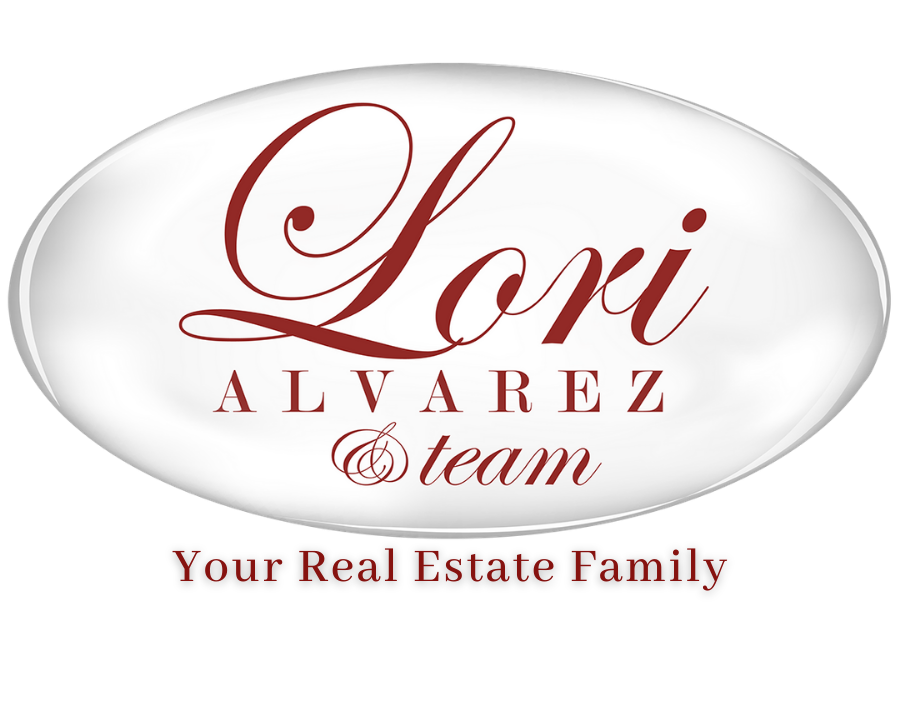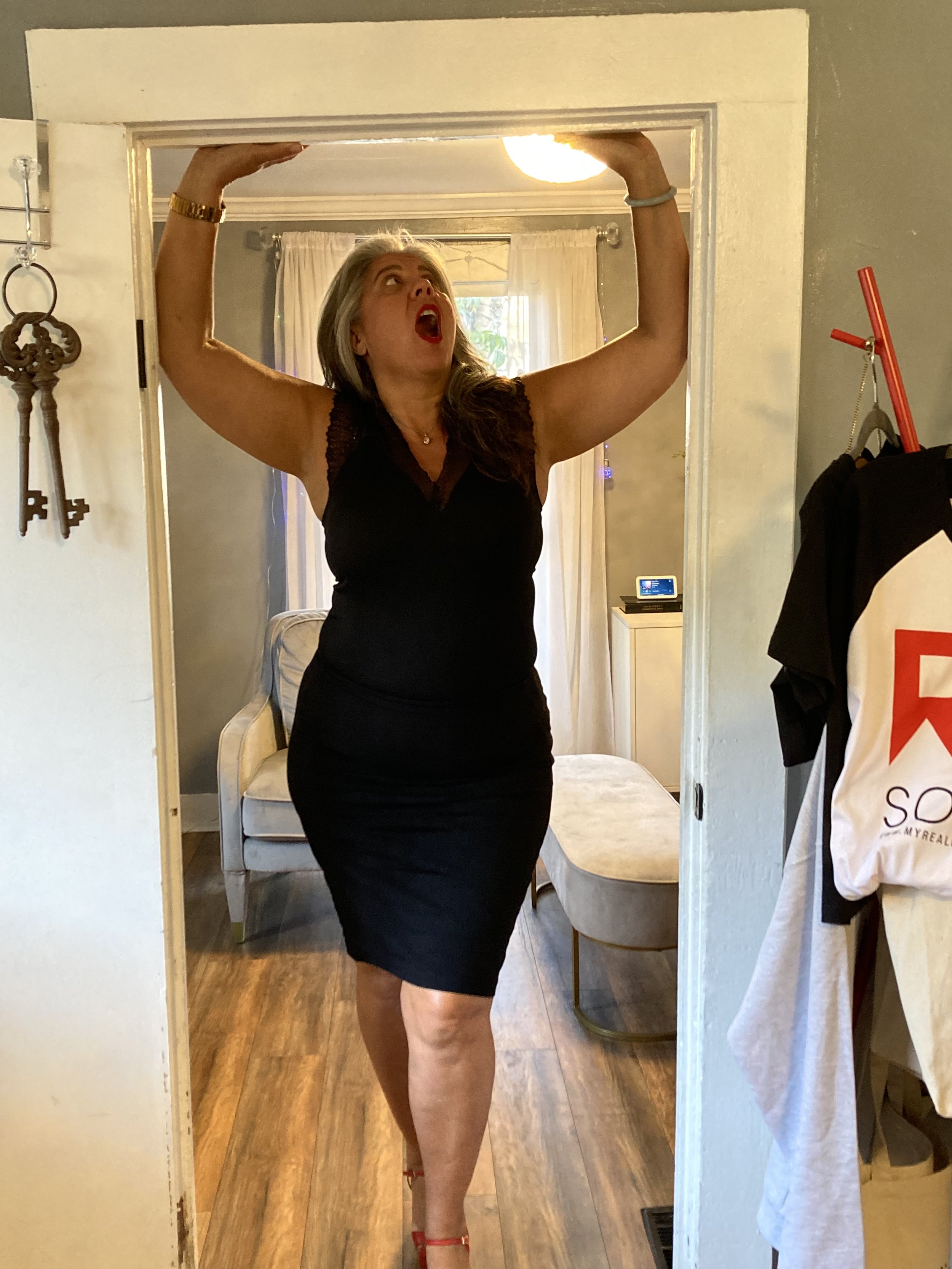204: Tiny Homes, Big Dreams: Your 2025 Guide to Small-Space Success
The tiny home trend isn’t so tiny anymore.
Whether you call it an ADU (Accessory Dwelling Unit) or ADJAU (Accessory Dwelling Junior Alternative Unit), these compact homes are redefining real estate potential in 2025. Think casitas, converted garages, or stand-alone backyard units with a bed, bath, and a microwave—if it checks those boxes, it qualifies.
So why the growing buzz? Let’s break it down:
📈 The Upside of Thinking Small
More Value: Homes with ADUs have shown up to 35% more resale value.
Lower Cost to Build: On average, it costs around $350–$400 per square foot, and you’ll build less space overall—typically 30% less than a traditional addition.
Rental Income: Tiny homes can generate anywhere from $1,800 to $2,500/month in most LA areas. In Venice? Try $3,300. Even South LA is averaging $1,600.
Environmental Perks: Smaller spaces mean fewer utilities, lower energy consumption, and a lower carbon footprint.
Lifestyle Flexibility: Whether you house a family member, host a guest, or rent it out—ADUs offer adaptability without sacrificing your main home’s space.
🔆 Note: California requires solar installation on all new ADUs. So be sure to factor that into your build costs.
⚠️ The Flip Side
Tiny homes aren’t for everyone—and not every property qualifies.
Here’s what to keep in mind:
Zoning Restrictions: Every city has different rules. Check before you build.
Space Constraints: These homes aren’t ideal for everyone (especially taller individuals or those needing extra room).
Privacy Concerns: Not all homeowners are comfortable having tenants living on-site.
Resale Uncertainty: While values are trending up, not every buyer is seeking an ADU setup.
🛠️ Thinking About Building One?
Here’s where to start:
Check Your Local Zoning Laws – Some cities are ADU-friendly. Others? Not so much.
Budget Wisely – Remember to include construction, permits, solar, and design.
Hire a Pro – A seasoned contractor will know what’s legal—and what’s not.
Explore Financing – From home equity loans to ADU-specific programs, there are more options than ever.
The Bottom Line:
Tiny homes may be small, but their impact on your property—and your future—can be huge. Whether you're looking to boost your home's value, generate rental income, or house a loved one nearby, the ADU movement in 2025 is more than a trend—it’s a lifestyle shift.
Would you live in a tiny home? Would you rent one out? I’d love to hear your thoughts—drop a comment or message me directly. Let’s talk real estate that makes sense and builds dreams.
listen to the full episode
on your favorite podcast streamer below.
-> Apple
-> Spotify
______________________________________________________________________
Extra Real Estate with Soul Links you can’t miss!
Are you SUBSCRIBED to our YouTube Channel?
Subscribe at https://www.youtube.com/c/LoriAlvarez and tell us you did by messaging us on our
Felt inspired by this episode? Let us know! We'd love to hear from you by leaving our Podcast a review. And you just might get a special shout-out on the podcast! Thanks for choosing to spend your time with us!
Want more behind the scenes?
Like our Real Estate With Soul, The Podcast Page on Facebook
- Agent 4
- Airbnb 1
- Buy and Sell Real Estate 40
- Buyer 43
- Buyer Agent 1
- Buying 23
- Buying young 2
- COVID 1
- California real estate 45
- California real estate market 27
- Career 9
- Community 11
- Dave Ramsey 3
- Eco-friendly 1
- FSBO 1
- Family 6
- Financial Planning 7
- Goal Setting 15
- Guest 23
- Holidays 4
- Homeowner 22
- Homeshowings 1
- Inspections 2
- Insurance 2
- Investing 13
- Legal 1
- Lender 5
- Market 11
- Market Trends 1
- Market Update 10
- Mindset 28
- Mortgage 6
- Moving to California 6
- Owning Property 1
- Photos 1
- Pools 1
- Real Estate 2023 23
- Real Estate 2025 29
- Real Estate Agent 85
- Real Estate Fraud 1
- Real Estate Questions 1
- Real estate 2023 23
- Realtor 8
- Renting 2
- Safety 4
- School 4
- Seller 40
- Selling 23
- Testimonial 1
- The Real Value of a REALTOR 2
Disclaimer: Please verify all information with the licensed professional of your choice.

